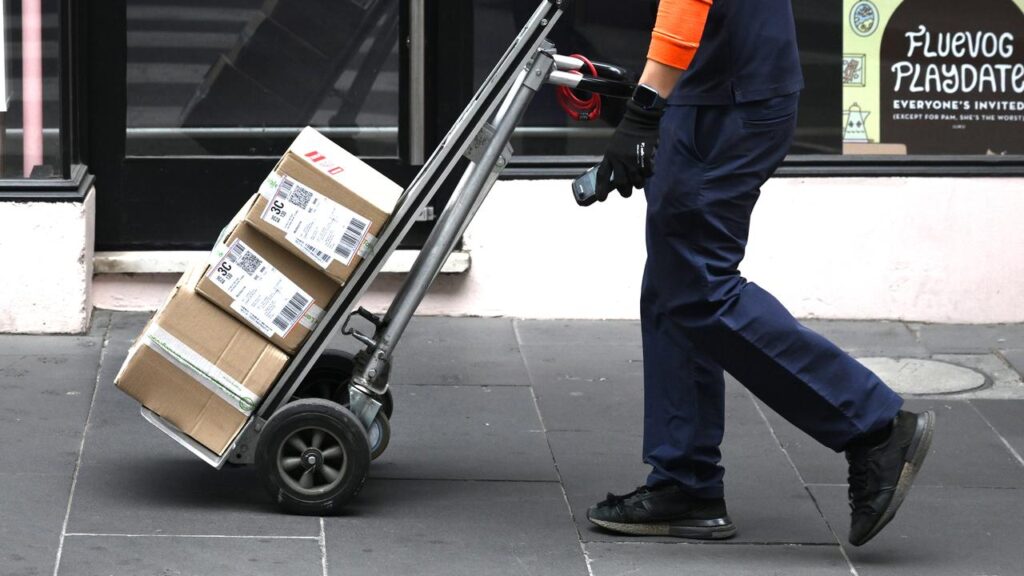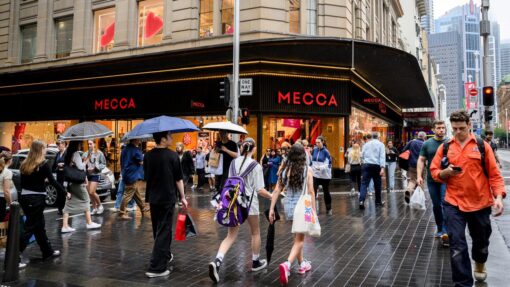‘Sustainable’: push to keep low-paid from falling back
Jacob Shteyman |

Treasurer Jim Chalmers wants to ensure Australia’s lowest paid workers don’t go backwards, but stresses a real wage rise must not harm the economy.
In its formal submission to the Fair Work Commission’s annual review of minimum and award wages, the federal Labor government said those workers should receive an “economically sustainable real wage increase”.
The government did not nominate a specific figure, in keeping with past practice.
Real wages growth means workers’ pay packets increase faster than prices rise in the economy, ensuring they are better off overall.
But without accompanying growth in productivity, wage increases exceeding inflation could drive prices higher.
The government’s expanded emphasis on “sustainable” real wages growth in this year’s submission, compared to the previous year, dovetails with Dr Chalmers’ comments that there will be a greater focus on boosting productivity during Labor’s second term.
Dr Chalmers said he consulted with Reserve Bank governor Michele Bullock to make sure its submission was consistent with inflation staying within the central bank’s target band of two to three per cent.
“We want to make sure that this real wage increase is provided consistent with our other economic objectives, (including) getting inflation down,” he told reporters in Brisbane.
“We have made a lot of progress there, but it’s not mission accomplished, because people are still under pressure.”

About 2.9 million employees are affected by the review, with the majority of those on industry and business specific awards as well as a smaller proportion on the minimum wage.
The Australian Council of Trade Unions went further than the government, calling for a rise of 4.5 per cent – higher than last year’s increase of 3.75 per cent, when inflation was still running hotter than the RBA’s target.
Business groups are calling for a more modest increase of between 2-2.6 per cent.
In its submission, the Australian Industry Group said the economy was in a fragile position, exacerbated by sluggish productivity and uncertainty caused by US tariffs, and an excessive wage rise could drive up unemployment.
The RBA has expressed concern Australia’s tight labour market could push up inflation, with higher pay rises flowing through to cost pressures for businesses.
In the long term, it is hard for an economy to support real wage growth without productivity growth, said the central bank’s head of economic analysis Michael Plumb in a speech at an Australian Business Economists conference in February.
Data released by the Australian Bureau of Statistics on Thursday showed the unemployment rate remained at a historically low 4.1 per cent in April. That has helped annual real wages grow for the past 18 months.

But Australia’s productivity growth has cratered in recent years.
“The government recognises the importance of lifting productivity to drive real wages growth over the long term and is implementing a significant productivity agenda,” its submission stated.
The Fair Work Commission has delivered $143 a week in minimum wage increases since the Albanese government came to power in 2022.
Increasing awards and the minimum wage above growth in market wages should also help narrow the gender pay gap given women are disproportionately represented in lower-paid, award-reliant jobs.
A landmark ruling by the commission in April meant workers in predominantly feminised industries such as health and child care would receive substantial pay rises of up to 35 per cent.
Dr Chalmers said the government had provided billions of dollars to help fund previous pay rises for child care workers, but would not confirm whether taxpayers would be further called upon to help employers following the ruling.
The Fair Work Commission is due to hand down its annual wage review decision in June.
AAP


